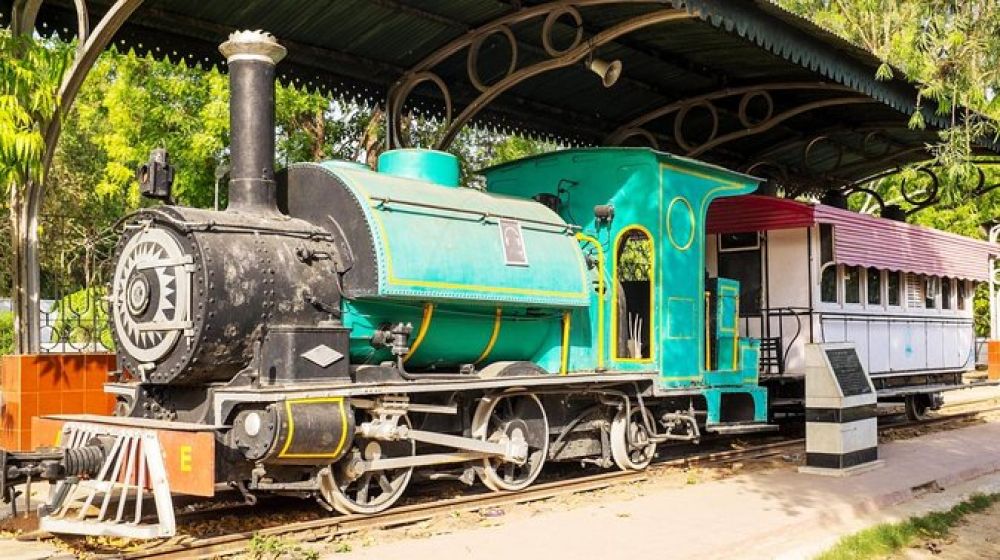

The National Rail Museum located in Chanakyapuri, New Delhi, offers a fascinating glimpse into the rich historical legacy of the Indian Rail System, and it stands as a testament to the evolution of railways in the country. Inaugurated on February 1, 1977, the museum has since been a popular destination for history enthusiasts, train aficionados, and tourists.
The idea to establish a museum dedicated to the railways was conceived in the early 1970s, recognizing the need to preserve India's rail heritage. With the railways being an integral part of India's infrastructure and development, the museum serves both as an educational center and a conservatory for railway artifacts.
The museum sprawls over an area of over 10 acres, showcasing an extensive collection of over 100 real-size exhibits of Indian Railways. Some of the main attractions include:
The National Rail Museum operates not just as a showcase but also as an educational institution that offers a deep dive into the history and technology of trains in India. It also organizes regular educational trips for schools and heritage walks for enthusiasts.
In recent years, the museum has embraced technology to enhance the visitor experience. One of the latest trends is the introduction of a virtual reality (VR) zone, where visitors can experience the thrill of a simulated train ride through VR headsets. Additionally, the museum also offers a mobile app guiding visitors through its exhibits, providing a blend of traditional and modern experiences.
Like many tourist attractions worldwide, the National Rail Museum faced challenges during the COVID-19 pandemic. However, with the implementation of safety protocols, time-ticketed entry, and sanitation measures, the museum has reopened to the public, ensuring a safe environment for visitors.
In conclusion, the National Rail Museum in New Delhi has played a significant role in preserving and showcasing India's rich railway heritage. It has evolved over the years to keep up with changing tourism trends and continues to draw visitors from across the globe, underlining its importance in India's tourism history.